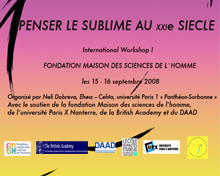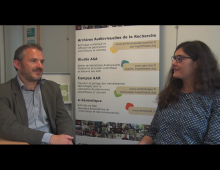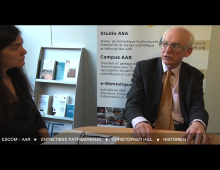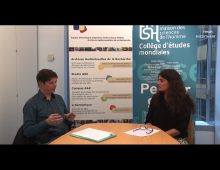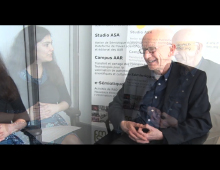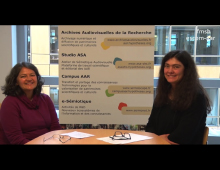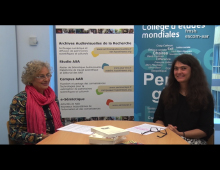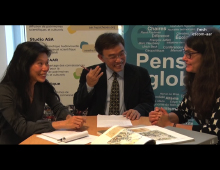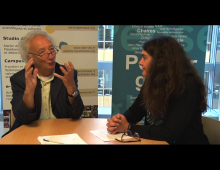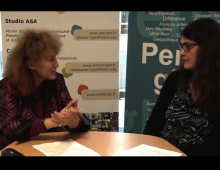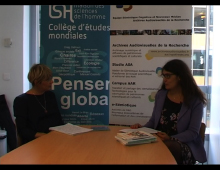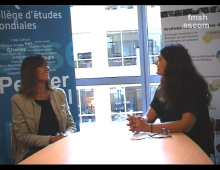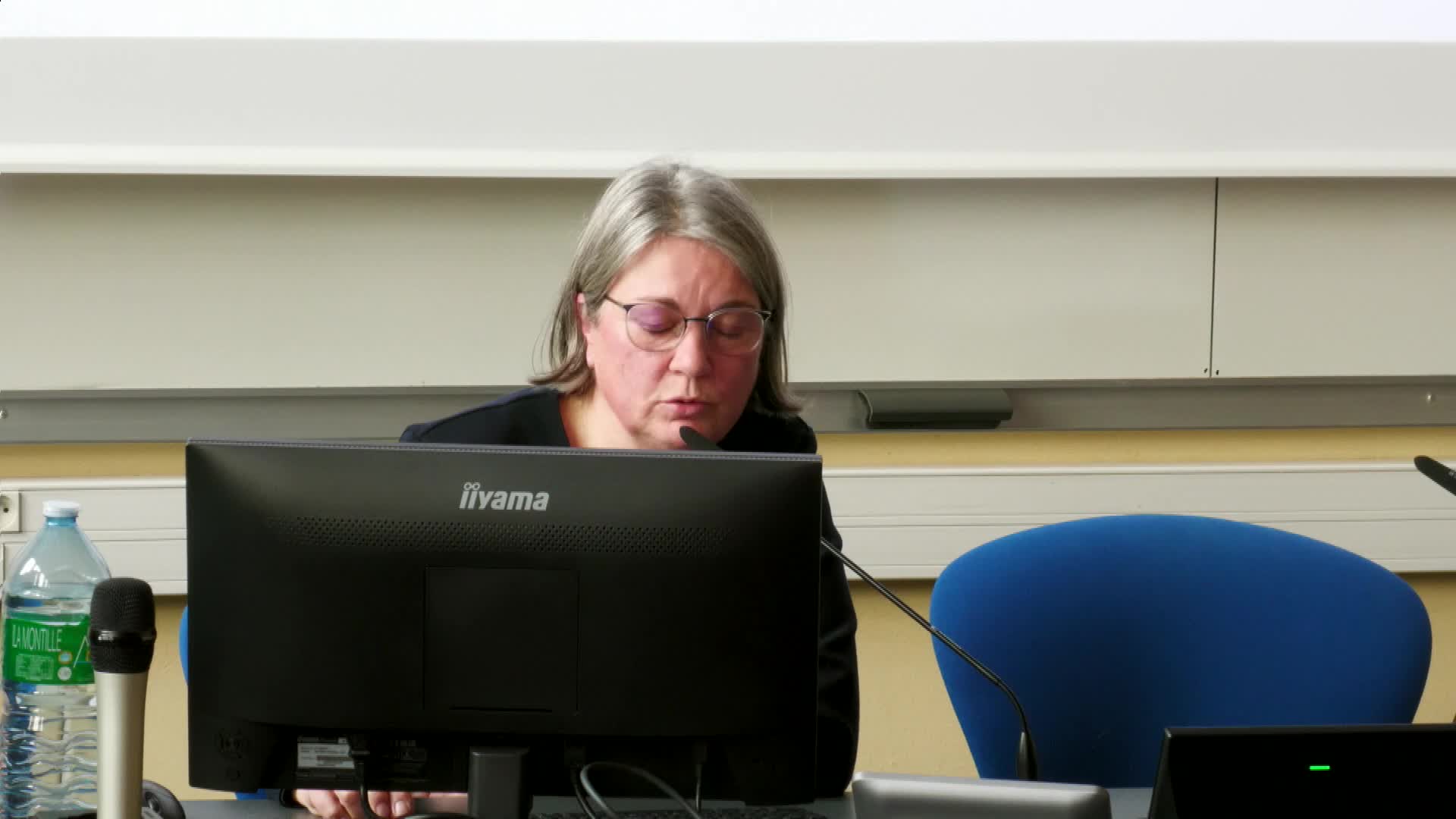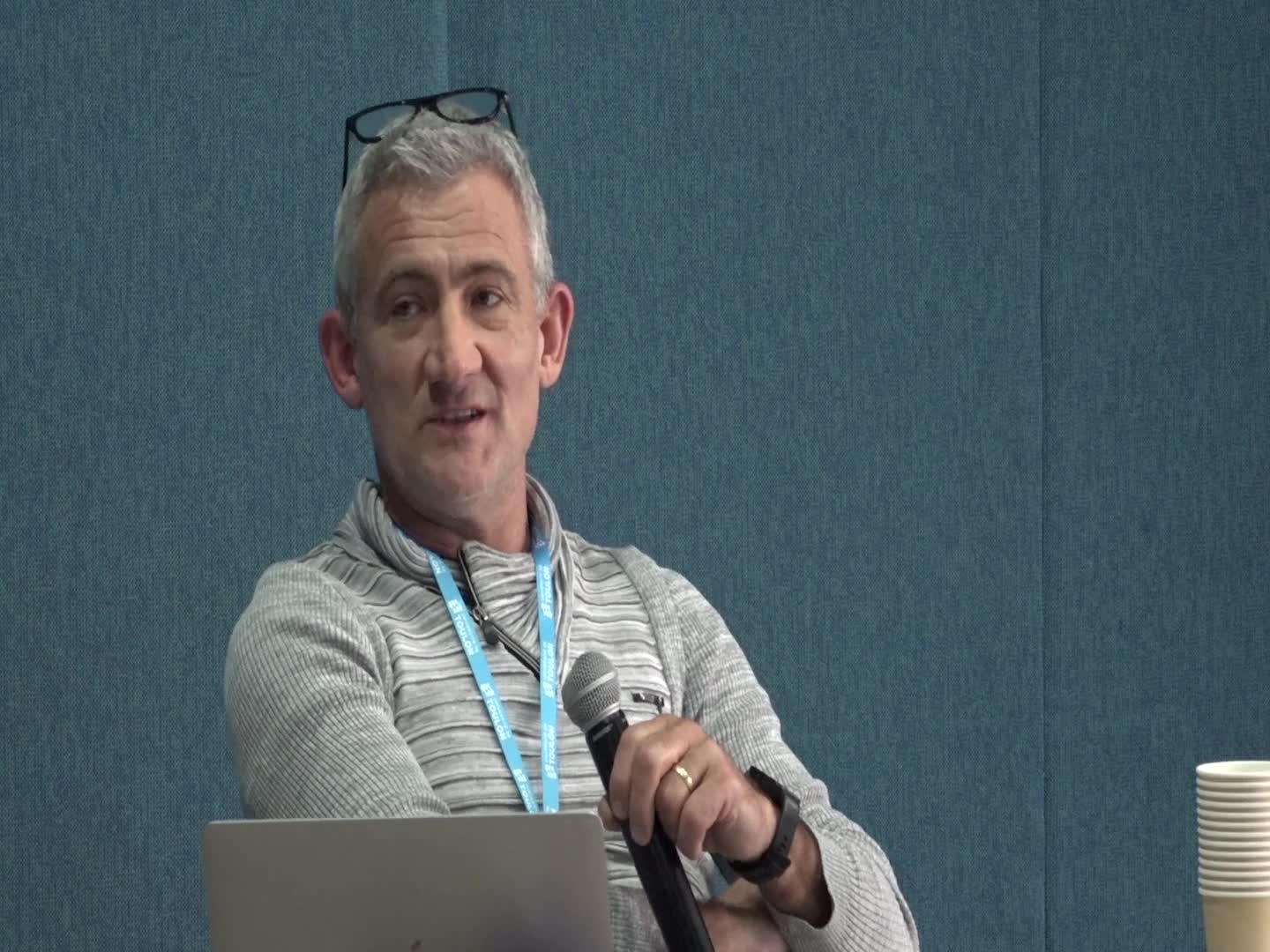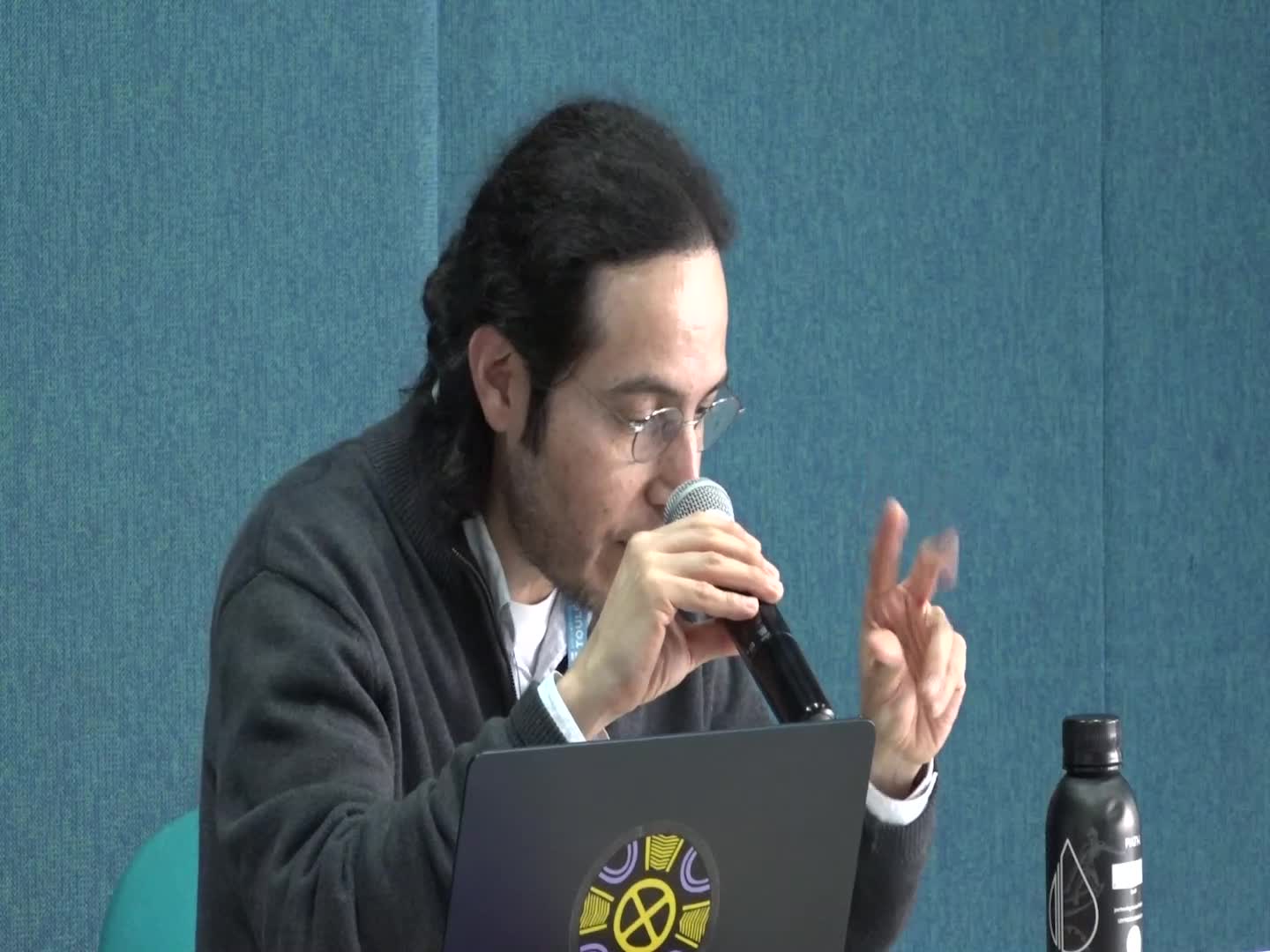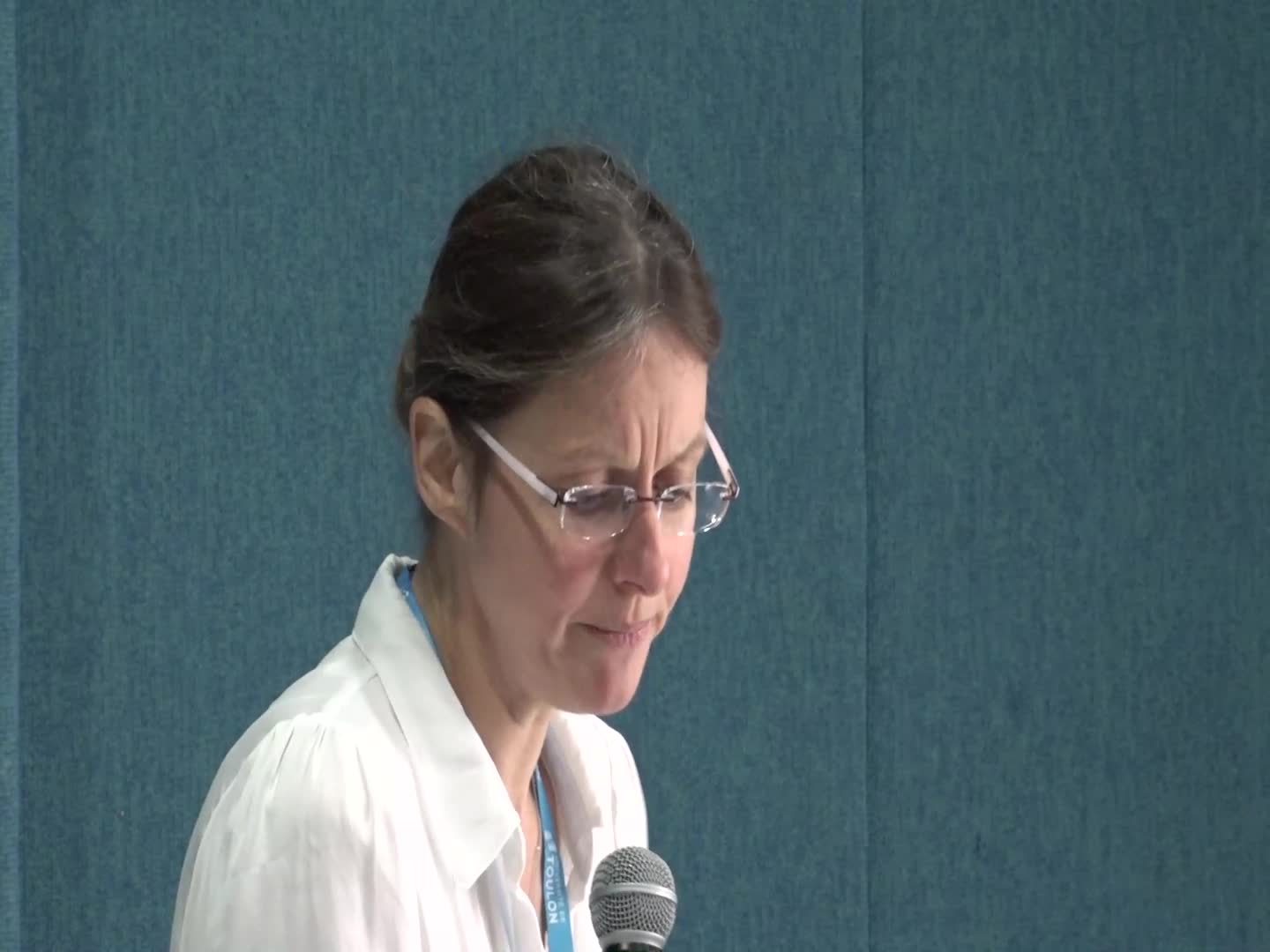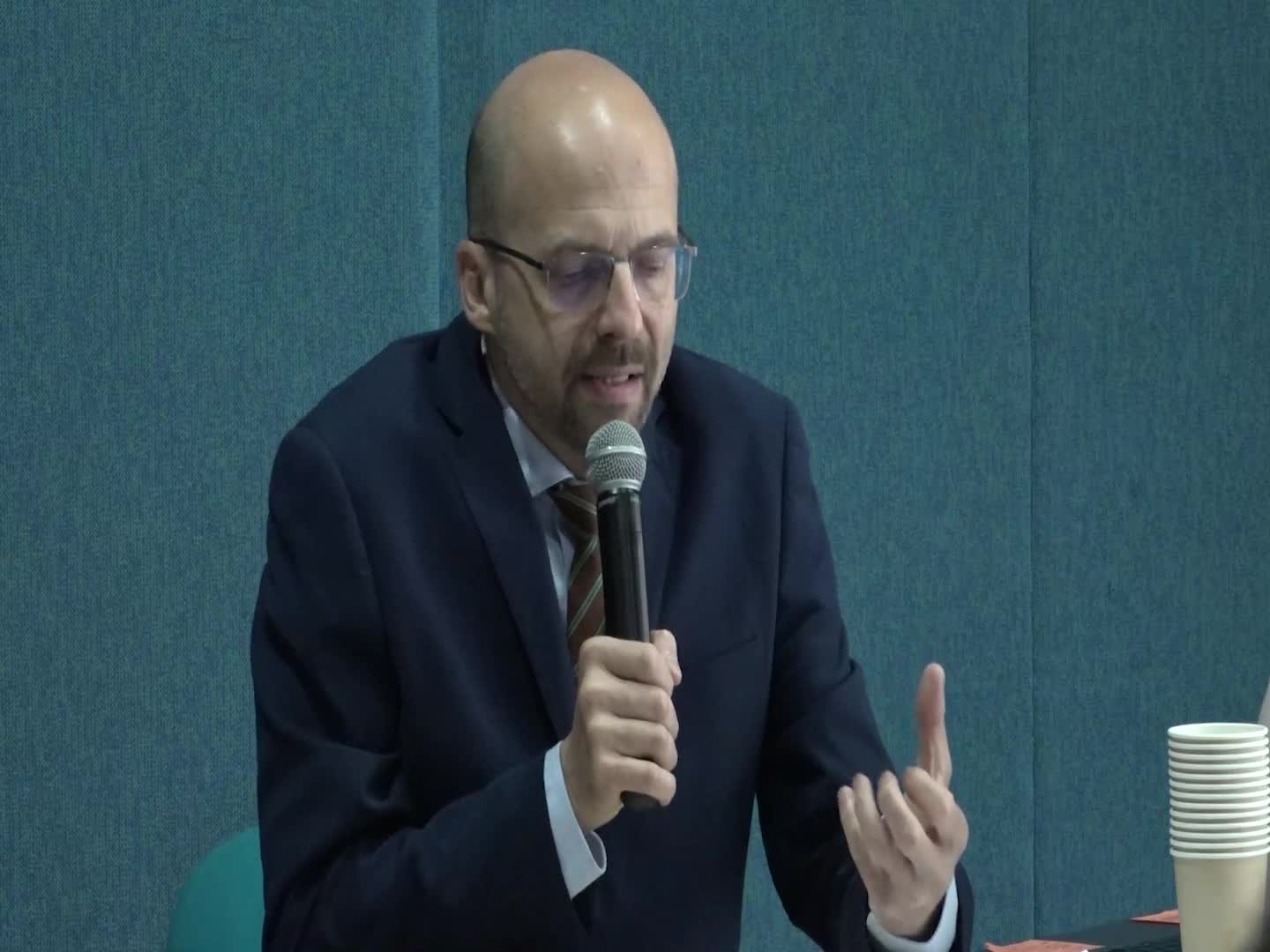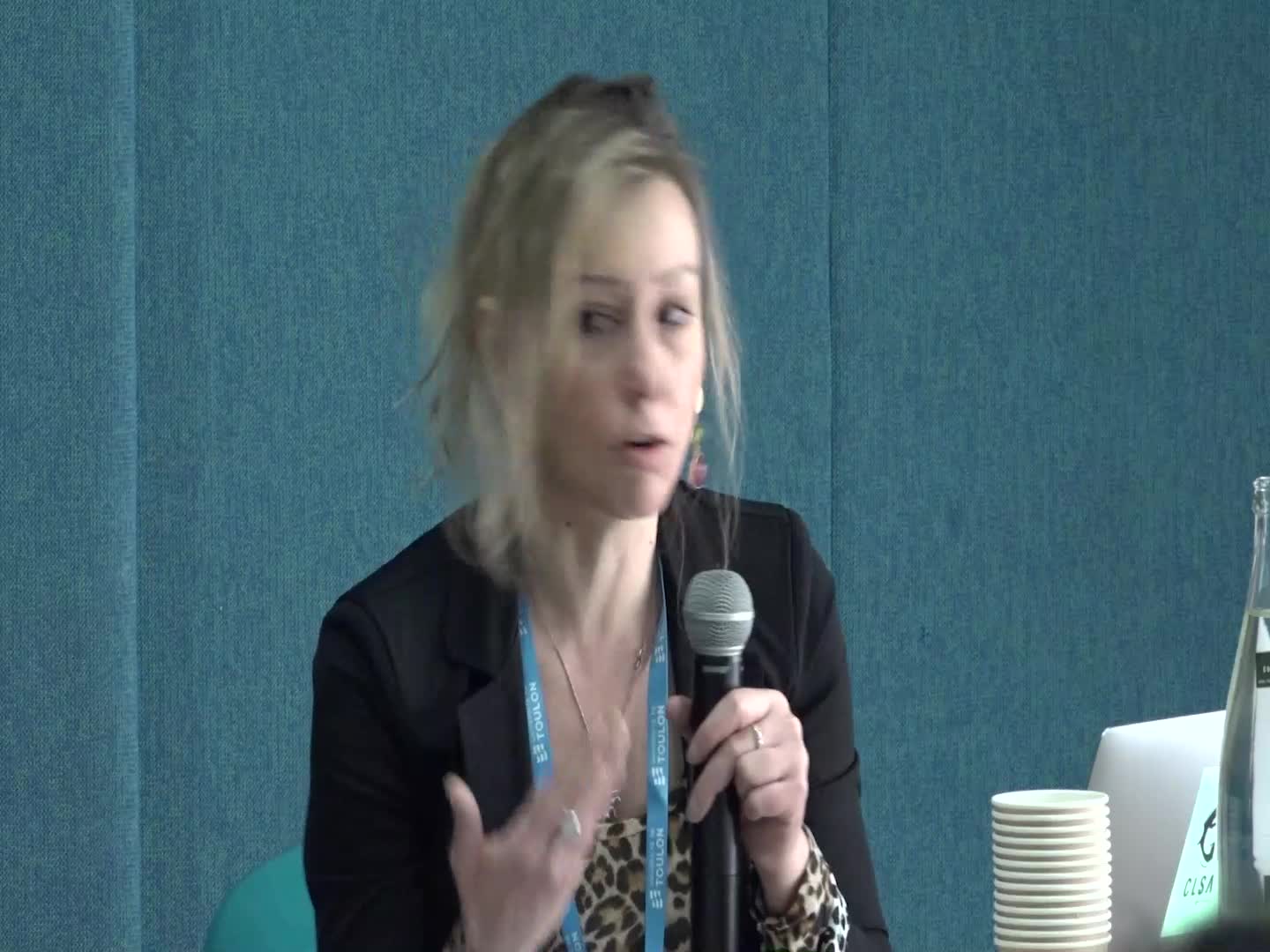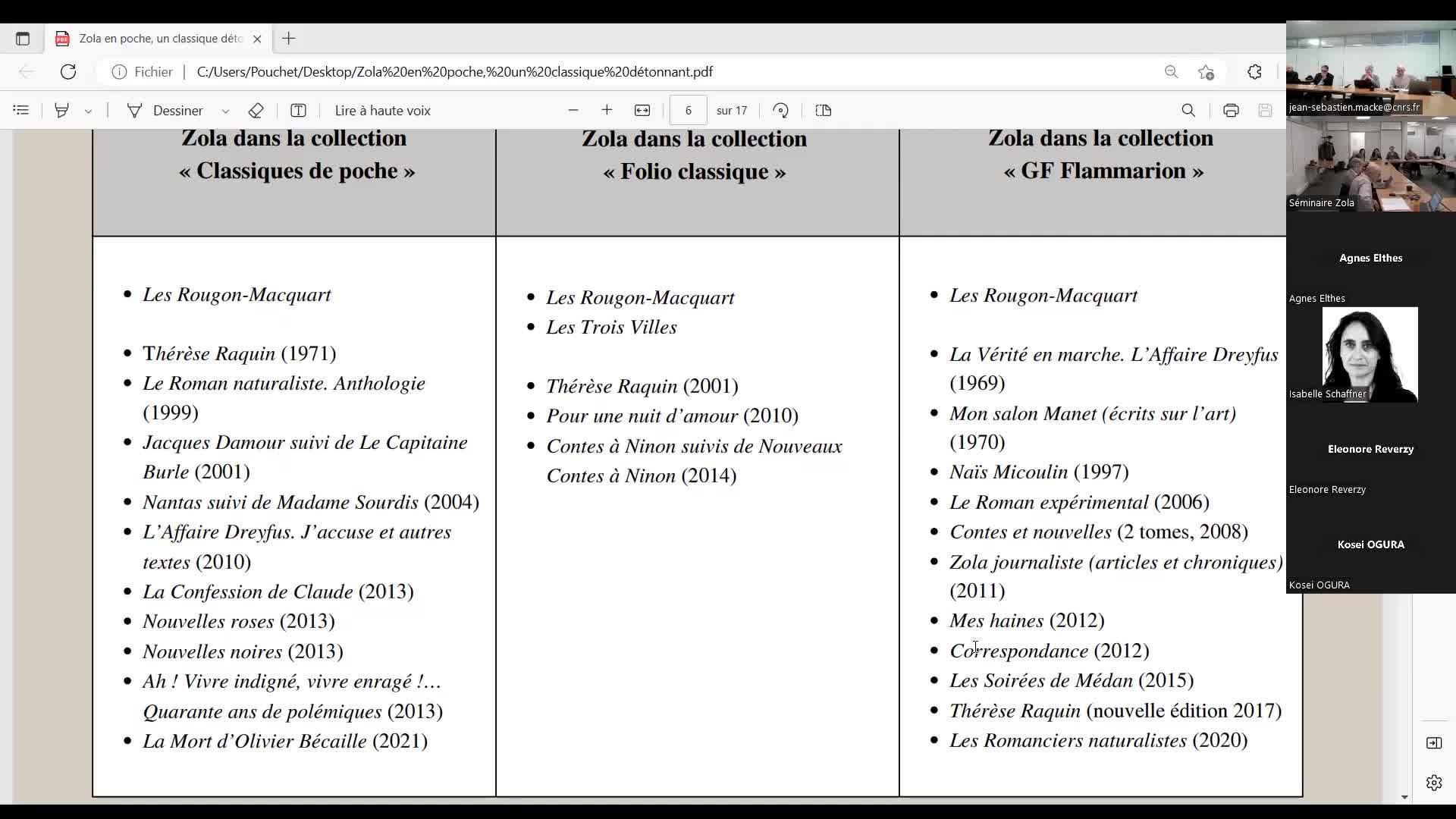Notice
Fitting networks : documentary proofs and aesthetic ambiguities - the case of 9/11
- document 1 document 2 document 3
- niveau 1 niveau 2 niveau 3
Descriptif
In New York, September 11 (Editions Magnum, 2001), Thomas Hoepker claims : “I strongly believe in documentary photography, in taking pictures of real life. When I looked at the pictures from our photographers, there were some that were wonderful or clever compositions, but they emphasized the artistry in photography rather than telling the story. We didn’t put those pictures in this book. I don’t think they belong in this book because they do not serve its purpose, which is to bear witness. In a moment like this you must be very humble. When something like this happens, nothing you do can adequately respond to the monstrosity of the event.”
In my paper I argue that the photographs of 9/11 appear as the Real in Zizek’s terms (Welcome to the desert of the real ! Five essays on September 11 and related dates, Verso, 2002), and that immediately afterwards, the form of that Real shifts from the written medium to the photographic (visual) Sublime.
This appearance of the Real as a photographic proof poses two problems: the first concerning what it is to “bear witness”; the second concerning the relationship between a document and an artwork.
I will focus on four perspectives on the event : Camilo Jose Vergara (Twin Towers Remembered, Editions Princeton, 2002) and his “mapping of the buildings” in a wider context; James Nachtwey, the famous war photographer; Frédéric Sautereau (N§ 40ø42’42’’00’45’’, Editions 779, 2003) who focuses “inside the bodies and the gaze” of the New-Yorkers faced with the emptiness after the explosion; Joel Meyerowitz who, for nine months, photographed moraly ambiguous yet fascinating scenes.
As Paul Auster claimed, that time is necessary for a painful event to become an artwork, as the novel of Stephen Crane did with the Civil War, I will explore the argument that what seems painful are words, such as : artwork, Sublime, spectacle. Since in everyday life such words recall “seeing as” in Wittgenstein’s terms, could we think about the limits between art and document in the case of the photography as a Sublime proof?
Intervention / Responsable scientifique
Dans la même collection
-
Pourquoi le destinataire du sublime n’est-il pas un simple spectateur ?
Saint GironsBaldine« Grâce à sa nature », écrit Longin, « notre âme, sous l’action du véritable sublime, s’élève en quelque sorte, exulte et prend l’essor, remplie de joie et d’orgueil, comme si c’était elle qui avait
-
Discussion de clôture
CampbellKateDobrevaNeliL’histoire de la philosophie pense le concept du sublime à partir de trois penseurs majeurs : Pseudo Longin, Emmanuel Kant et Edmund Burke. Le sublime, comme concept et pratique culturelle, occupe une
-
Discussion
DobrevaNeliHarveyRobertL’histoire de la philosophie pense le concept du sublime à partir de trois penseurs majeurs : Pseudo Longin, Emmanuel Kant et Edmund Burke. Le sublime, comme concept et pratique culturelle, occupe une
-
Conférence inaugurale
ShawPhilipL’histoire de la philosophie pense le concept du sublime à partir de trois penseurs majeurs : Pseudo Longin, Emmanuel Kant et Edmund Burke. Le sublime, comme concept et pratique culturelle, occupe une
-
Le sublime est le transcendantal. Réflexions sur la conception du sublime dans la Frühromantik
PinnaGiovannaDans les théories esthétiques du romantisme allemand, le sublime joue un rôle moins évident que chez Kant ou Schiller, mais il a en effet une signification tout à fait remarquable pour la définition
-
Le sublime et la rhétorique de la dissimulation
LombardoGiovanniPartendo dalle antiche teorie della muta eloquentia, del silenzio espressivo e del sermo figuratus, così come esse vengono illustrate negli antichi manuali di retorica (e soprattutto entro le
-
2001: (Ri)configurare il sublime?
RussoLuigiQuali condizioni formali consentono di (ri)configurare la nozione di sublime nel terzo millennio? Quali linee genetico-evolutive le legano alla gravitazione storica del sublime? Il sublime del terzo
-
The Sublime: a Conceptual Analysis
De BollaPeterThis paper sets out both a methodology for conceptual analysis and an account of the sublime in the British eighteenth century. It seeks to establish an account of the sublime in both historical and
-
Le sublime et l'image vivante chez Longin, Usher et Burke
EckCaroline Alexandra vanAvec l’émergence des nouveaux discours historiques, critiques et philosophiques sur l’art dans la seconde moitié du XVIIIe siècle, un thème central de la tradition rhétorique et poétique devient très
-
Un livre terrible pour temps de terreur (Lyotard et la 3e Critique de Kant)
HarveyRobertQue penser de la terreur au XXIe siècle ? Et, surtout, pourquoi ? À quelles fins ? Étant donné le terrorisme tel qu’il se manifeste à présent, comment imaginer ce que le siècle de la Terreur aurait
-
On the appearance of the discourse on the sublime in times of crisis
KlingerCorneliaThe most striking feature of the discourse on the sublime is its discontinuity. Long intervals lie between its first occurrence in late antiquity and several revivals in the seventeenth, eighteenth
Avec les mêmes intervenants et intervenantes
-
La réinvention des genres littéraires à l’ère du numérique
DobrevaNeliGefenAlexandreL'entretien porte sur un récit de construction d'une carrière de chercheur à partir de le science littéraire. entre des questionnement internes sur la fin de la fiction, le chercheur et professeur
-
The Changing Nature of Society and its International Relations Implication
DobrevaNeliHillChristopherWithin this interview Christopher HILL goes back to his scientific background in History: a very personal reason to study the origins of World War II (WWII). The main problem he is revealing is the
-
Archéologie de l'Islam à l’image post-soviétique
БобровниковВладимир ОлеговичDobrevaNeliDans cet entretien Vladimir Bobrovnikov revient à ses débuts de carrière et explique son cheminement jusqu'à son projet actuel : “En dévoilant l’islam dans le Caucase russe : images et discours
-
"Chèque Tzanck" de Duchamp
DobrevaNeliReadPeterDans cet entretien, Peter READ, professeur de littérature française moderne et d'arts visuels à l’Université de Kent, se livre à un véritable autoportrait. D'une enfance passée dans un environnement
-
Entretien avec Sonia MALUF, anthropologue, Professeure Associée à l’Universidade Federal de Santa C…
DobrevaNeliMalufSônia WeidmerCet entretien révèle la carrière d’une militante citoyenne pendant la dictature au Brésil. D'abord journaliste, puis, et toujours, anthropologue engagée sur le terrain, Sonia MALUF, par le biais de
-
Entretien avec Barkahoum FERHATI, Directrice de recherche au CNRPAH d’Alger (Algérie)
DobrevaNeliFerhatiBarkahoumDans cet entretien, Barkahoum FERHATI dévoile les débuts de sa carrière et se livre ainsi à un récit très personnel reliant événements historiques et destins individuels. Architecte de formation,
-
Entretien avec Laura Pisano, historienne, Professeur Ordinario d’Histoire du Journalisme, Universit…
DobrevaNeliPisanoLauraL'entretien remonte les débuts de carrière de Laura Pisano, ses engagements pédagogiques et ses activités de metteur en scène.
-
Cartographie ancienne et culture visuelle. Entretien avec LIN Tien-Jen, chercheur au National Palac…
DobrevaNeliLin-RosolatoEsther林天人L’entretien révèle une passion de l’espace et de la culture visuelle matérielle devenue un mode de vie pour LIN Tien-Jen. Historien de formation, LIN Tien-Jen parcourt le monde à la recherche des
-
Santé internationale et action humanitaire. Entretien avec Jean-Daniel Rainhorn
RainhornJean-DanielDobrevaNeliJean-Daniel RAINHORN fait partie de la génération de l’après Seconde Guerre mondiale, une vraie chance pour faire des études et avoir un emploi, une chance d'avoir pu choisir ce qu’on avait envie de
-
Entretien avec Galina Kaninskaia, titulaire de la chaire d’histoire universelle de l’Université d’E…
DobrevaNeliKaninskaiaGalinaCet entretien porte sur le parcours de Galina KANINSKAIA, historienne, contemporanéiste, diplômées de deux grandes universités russes : l’Université d’Etat de Iaroslavl (1977) ; l’Université
-
Entretien avec Stefania Tarantino, philosophe, chercheure à l’Université l'Orientale de Naples, Ita…
DobrevaNeliTarantinoStefaniaCet entretien porte sur l'expérience de recherche de Stefania Tarantino, femme philosophe et musicienne, dans le domaine du genre, autour des thèmes de L’originalité des femmes philosophes du XXe
-
Entretien avec Imma Tubella, sociologue, Présidente de l’Université Ouverte de Catalogne, CEM-FMSH
Tubella CasadevallImmaDobrevaNeliL’entretien porte sur la carrière d’Imma Tubella les motifs et les enjeux qu’elle voyait dans une perspective de sa réalisation comme femme universitaire. Des références intellectuelles sont évoquées
Sur le même thème
-
CHeaR - Croiser les Histoires des écoles d’architecture en Région (2024-2026)
LavenuMathildeMathilde Lavenu, membre de l'UMR Ressources, présente le projet CHeaR.
-
Recherche-création et théories esthétiques
PouradierMaudCette intervention s’est déroulée dans le cadre du colloque codirigé par Valérie Vignaux et Tania Vladova : « Recherche vs Création et inversement », LASLAR, UR4256, Université de Caen, Esadhar et
-
Le Bauhaus, 1919-1933 à aujourd’hui
MenginChristineChristine Mengin décrit l'histoire du mouvement architectural allemand du Bauhaus, de Weimar 1919 à Dessau 1933.
-
Table ronde 2 "La dimension hybride et transversale des démarches démocratiques en architecture et …
MacaireÉliseLongeotLéaLe développement, depuis les années 90 en France, des conseils de quartiers, réunions de concertation ou autres assemblées consultatives, témoigne de la volonté des élus et des acteurs de la ville d
-
Présentation de TRINITÉ DE STAN MUSQUER : Lecture croisées d'une œuvre caribéenne
LefrançoisFrédéricCarienMinakshîEntretien avec Frédéric Lefrançois et Minakshi Carien autour de l'ouvrage collectif "Trinité de Stan Musquer: lectures croisées d'une oeuvre caribéenne"
-
La recapitalisation symbolique de l'africanité dans les Amériques
LefrançoisFrédéricLavouVictorienKalyAlain PascalBohoussouAdjo N'go RosineIntervention dans le séminaire organisé par le Professeur Victorien Lavou Zoungbo dans le cadre du master 2 Intervales de l'Université de Perpignan. Le master INTERVALES est un master
-
Ce que la fiction numérique fait à l'Histoire : réflexion autour de quelques lieux communs des fict…
MartiMarcColloque : La fiction au cœur du dispositif numérique : qu'en est-il de sa valeur esthétique ? Laboratoire BABEL et Pôle ESMED Le 03 avril 2004
-
Esthétique de synthèse : dans la matière et les supports de l'art numérique
Reyes GarcíaEverardoColloque : La fiction au cœur du dispositif numérique : qu'en est-il de sa valeur esthétique ? Laboratoire BABEL et Pôle ESMED Le 03 avril 2024
-
La crise de la sensibilité esthétique : l'art à l'âge virtuel
DarselSandrineColloque : La fiction au cœur du dispositif numérique : qu'en est-il de sa valeur esthétique ? Laboratoire BABEL et Pôle ESMED Le 03 avril 2024
-
La fiction au cœur du dispositif numérique : qu’en est-il de sa valeur esthétique ? - Ouverture du …
LeiduanAlessandroColloque : La fiction au cœur du dispositif numérique : qu'en est-il de sa valeur esthétique ? Laboratoire BABEL et Pôle ESMED
-
La fiction au cœur du dispositif numérique : qu’en est-il de sa valeur esthétique ? - Ouverture du …
De LucaValeriaColloque : La fiction au cœur du dispositif numérique : qu’en est-il de sa valeur esthétique ? Laboratoire BABEL et Pôle ESMED Le 03 avril 2024
-
Un classique détonnant. Émile Zola en poche
MouradFrançois-MarieFrançois-Marie Mourad (Chaire supérieure, lycée Montaigne, Bordeaux) : « Un classique détonnant. Émile Zola en poche »



